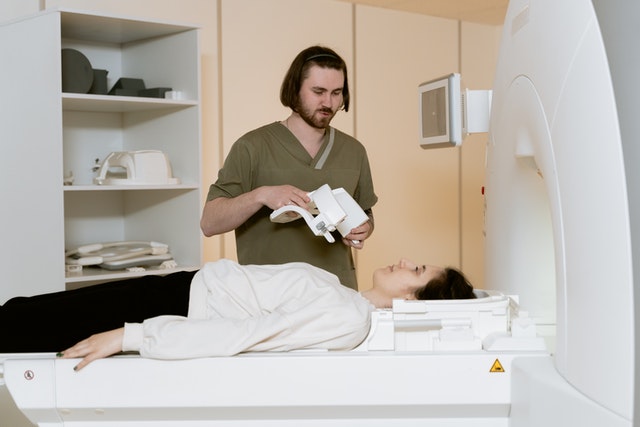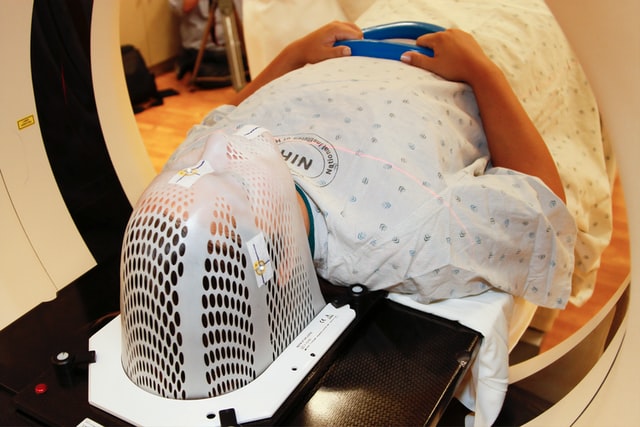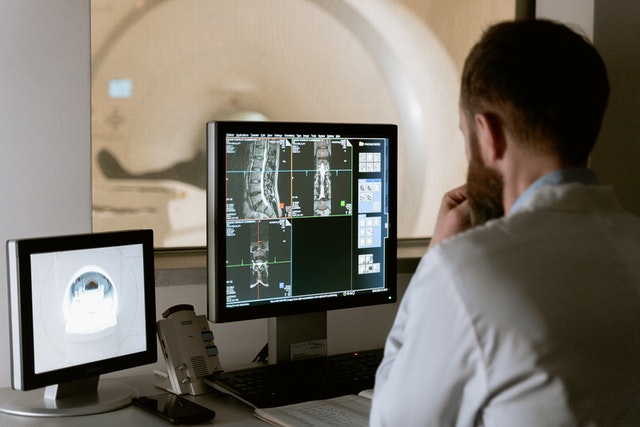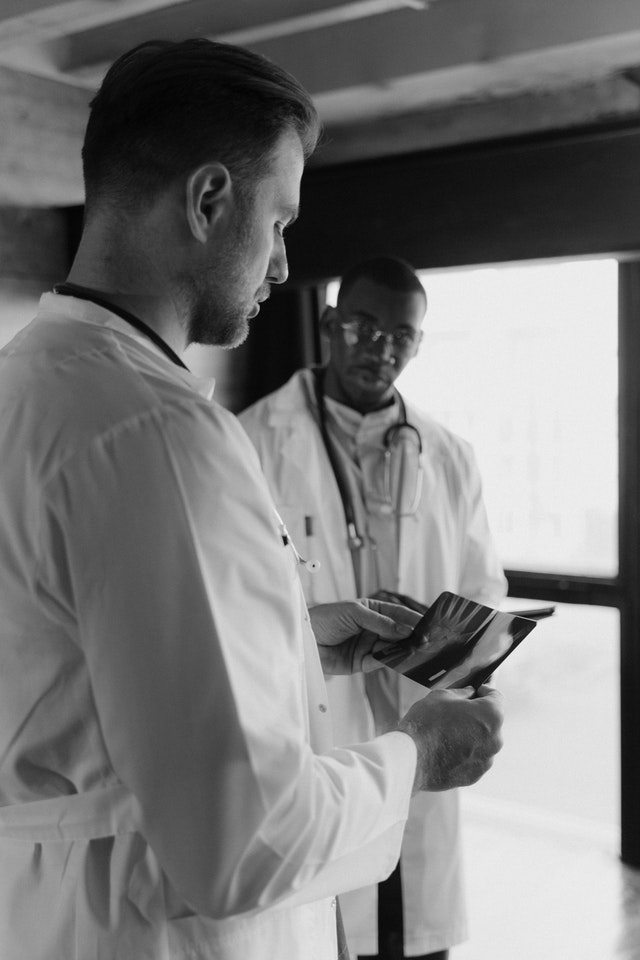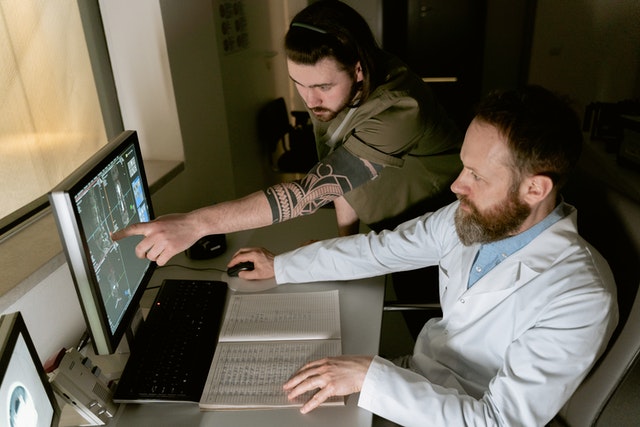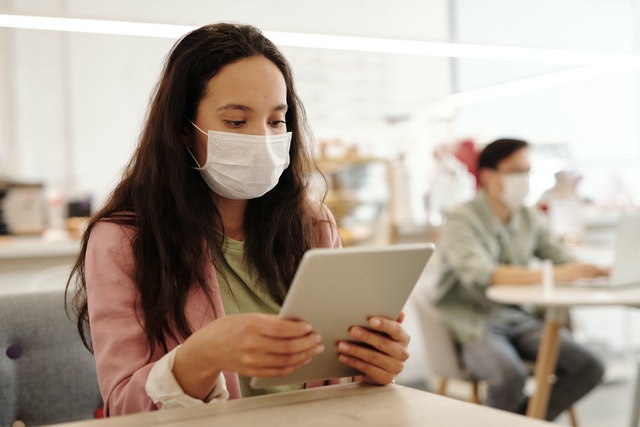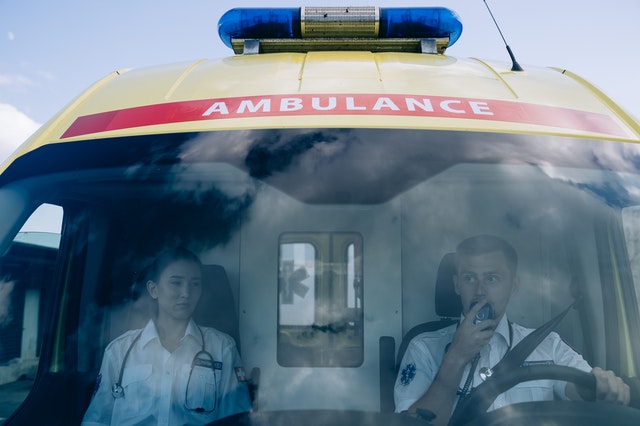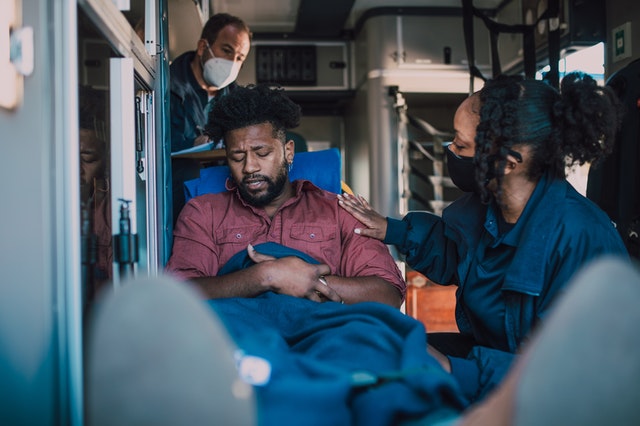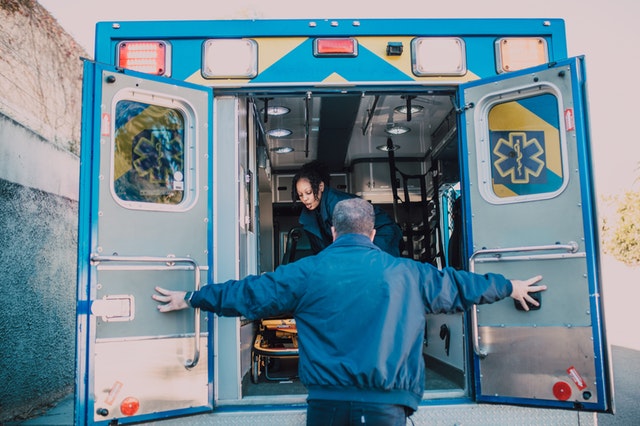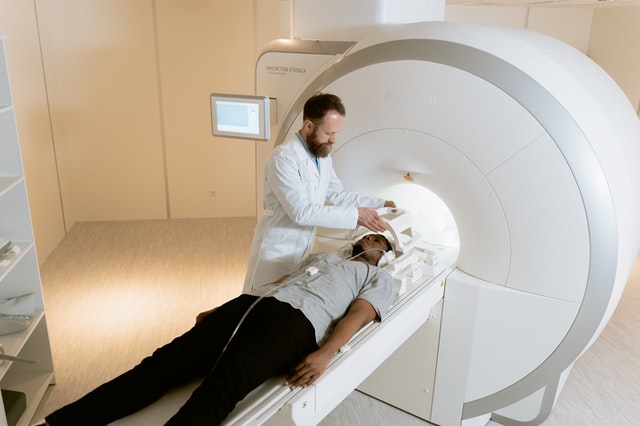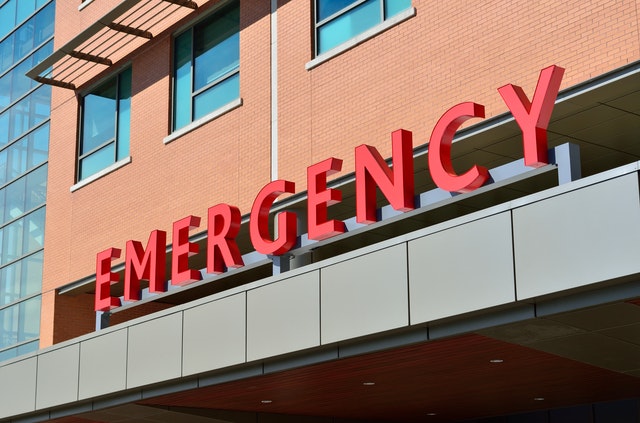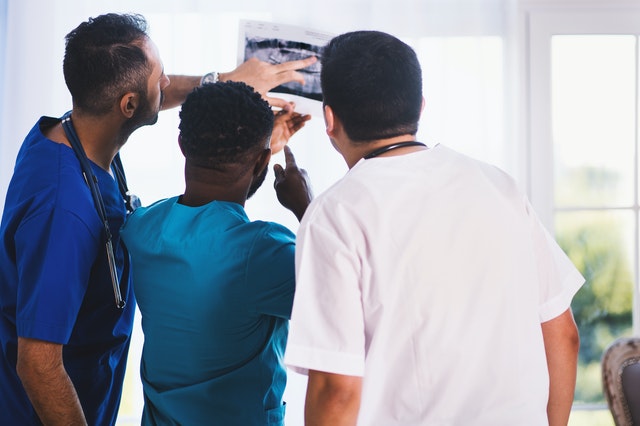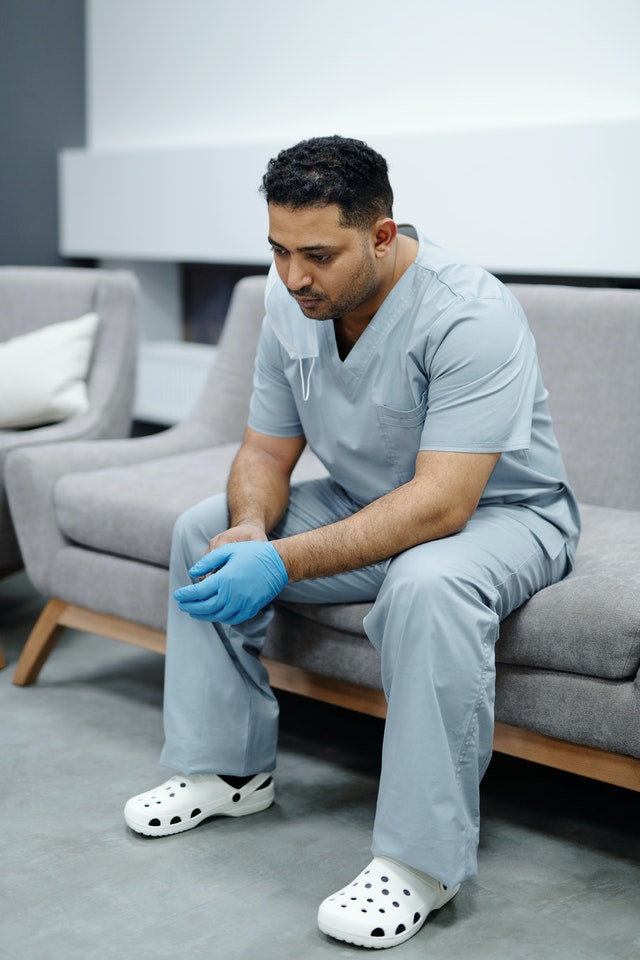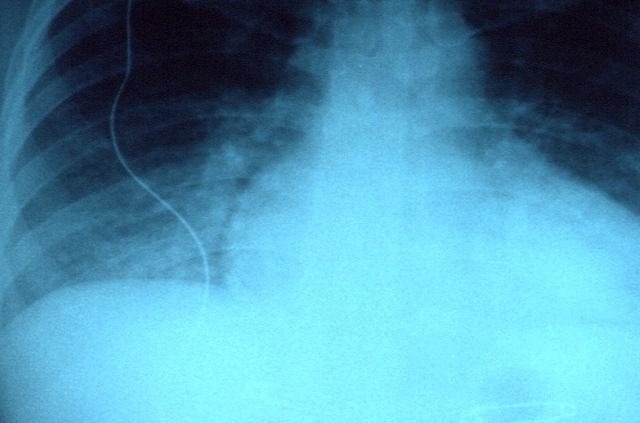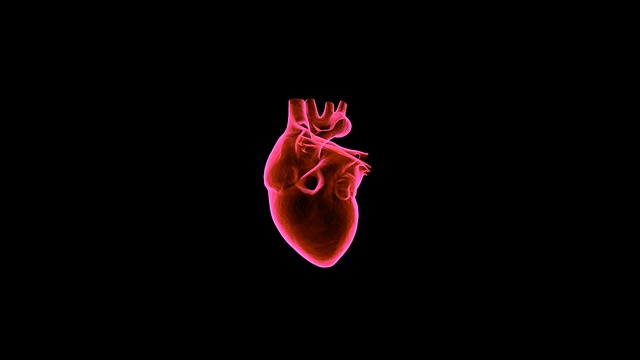In the United States, arthritis is the leading cause of disability. Older adults are living longer, but as a result, chronic conditions like arthritis are increasing.
Arthritis symptoms vary from person to person. Testing and treatments performed by a medical professional will depend on the type of arthritis and the intensity of pain.
Osteoarthritis usually causes symptoms only in the joints and is generally caused by repetitive movements like heavy lifting, bending, or squatting. A person can also develop osteoarthritis in their hands and wrists from extensive use of a keyboard on the computer.
Other types of arthritis may display symptoms in places outside the body’s joints. Symptoms can include fatigue, skin irritations or rash, joint swelling, warmth, and redness in the area of body pain.
Patients should discuss any joint changes or discomfort with their physician, who will assess any swelling, tenderness, or loss of motion in the joint. If warranted, your physician may order X-rays, urinalysis, blood work, or extract a small amount of fluid from the affected joint for testing.
After the exam and review of the test results, your physician will be able to define more closely what type of arthritis (if any) you are experiencing.
Osteoarthritis can be detected by your physician from X-rays that reveal cartilage loss or detect bone spurs. Your blood, fluid, and urine tests will rule out diseases other than arthritis.
Rheumatoid arthritis is an autoimmune disease diagnosed by rheumatoid factors (RF) in your blood tests. There is also an anti-CCP test which is a relatively new blood test.
The anti-CCP test measures levels of antibodies in the blood. This measurement can determine who has rheumatoid arthritis, or identify if someone is about to get rheumatoid arthritis. The anti-CCP can also predict the severity of the disease process.
How Physicians Help
Your physician’s goal is to control your arthritic disease process, help you maintain mobility, and relieve your discomfort and pain. Your physician will discuss with you if physical therapy, exercise, drugs, surgery, rest, or any combination of treatments may be options for you,
If you receive a diagnosis of arthritis, routine health care visits can allow a provider to communicate science-backed preventative measures that can slow the disease progression and reduce or prevent unnecessary pain for the patient.
A person can maintain healthier joints and improve their balance during their activities with exercise. Other health risks associated with inflammatory arthritis, like bone, heart, lung, and kidney complications, can also be reduced by staying active.
Studies have shown that older adults who engage in moderate physical activity of at least 150 hours per week experience less arthritic pain. Providers can help you incorporate joint-friendly exercises like walking, flexibility exercises, and light weight-lifting into your health and wellness plan.

Weight loss can help with many medical conditions that adults experience and is especially effective for those patients with arthritis. The CDC estimates that 39 million adults with arthritis are overweight or obese.
Weight loss is the most effective non-drug way to manage arthritis and joint pain. Health and wellness professionals can assess, counsel, and support their patrons with individualized weight loss techniques.
Providers can also provide lists of arthritis education programs and activities. More access to these programs provide older adults, and adults of any age, with the most recent science-based information about arthritis.
Other treatments for arthritic pain include relaxation techniques, cognitive therapy, visualization therapy, acupuncture, herbal and Ayurvedic medications that have helped people with chronic arthritic pain. Dry and moist heat can also help with pain and stiffness.
Creative thinking and problem solving by professionals in the wellness fields can extend the quality of life and reduce arthritic disabilities. Early diagnosis and treatment is essential in most cases.
What to Do After Diagnosis
Patients who are diagnosed with arthritis may need to relax and work at a realistic pace that is different from the pace they are used to working. Questions will continually come up and so will new medications and treatments. All of your health and wellness team members are essential in helping you to stay healthy, stay informed, stay flexible, and stay positive.


